
Does Going on Safari Aid Conservation?
A friend recently proposed the question, “Does going on safari aid conservation?” While I am hardly an expert in this area, it is important to consider the impact humans are having on the environment when we holiday in the bush. Although there is something slightly dangerous about wading into issues on social media that one does not fully understand, this question deserves to be discussed. I believe that responsible safari tourism generates dollars that support local communities, funds anti-poaching efforts, places more land under protected status, and creates jobs staffing safari lodges, but I do acknowledge that doing so does have an environmental impact. That is why when selecting a safari company/lodge, I often take their commitment to conservation and local communities into account.
While it seems obvious that wildlife tourism generates economic value and likely supports conservation, wildlife tourism is not generally separated from the impact of tourism overall. The UN World Tourism Organization (1) recently released a paper that measures the economic benefits of wildlife tourism and found that while the data is inconclusive and the amount of money generated is likely much larger, in 14 countries wildlife tourism is generating $142 million in park entrance fees. While the paper points out that more needs to be done to understand the economic impact of wildlife tourism, I have seen the efforts of the lodges and companies that I use to book travel. They support schools, clinics and computer-literacy programs in rural communities, and they are involved in funding anti-poaching efforts whether it be the companies themselves or the individual rangers and trackers who dedicate their limited free time to various causes and projects.
While early research indicates that safari tourism brings in dollars to support conservation, the private safari industry is also a big business. Most of the camps I visit are private concessions either in a national park or private reserves directly managed by the safari company/lodge. On private concessions, off-roading with a vehicle is generally allowed and of all of the practices on safari this one is the most destructive. It is estimated that it takes two years for the earth to recover from off-roading. Most concessions I have visited have strict rules about which plants and trees can be driven over and which ones must be driven around and areas where it is prohibited due to erosion concerns. Generally off-roading is allowed when following big cats, but for most other animals, vehicles have to stick to the roads. Most lodges make every effort to protect the land. Night drives are also permitted on private concessions and reserves, but this too can adversely impact diurnal animals whose eyes are sensitive to headlights and the spotlights that are used to search for the nocturnal animals. Many lodges now place a red filter over the spotlight and turn off the headlights when they spot an animal, but in all honesty it is not a practice that every guide and tracker consistently follow.
On safari, you can get quite close to the animals, especially on private concessions and reserves. The animals clearly see the vehicle, but often they have become very accustomed to vehicles and appear largely unbothered. Actually, if you ever walk while on safari, you will notice how differently animals react to a vehicle, opposed to people moving on foot. For instance, giraffe remain on high alert when humans are on foot even if they are quite a distance away, whereas on a vehicle they will often take notice of the vehicle but keep feeding or turn and walk to a more protected area. In some areas, notably Sabi Sands in South Africa, the extremely shy leopard has grown accustomed to vehicles and it is possible to get quite close without them bolting into the thick areas of the bush which is incredible to experience. Of course growing accustomed to vehicles raises its own concerns. A ranger in the Sabi Sands commented on drive that he believes hyena have learned that if a vehicle is stopped, a leopard is nearby. For hyena this means the chance to score a free meal if the leopard is hunting or on a kill, and has lead to hyena following vehicles. While clearly unproven, it does indicate that human presence does have an unintended impact and could even influence animal behaviors.
National Parks operate differently than private concessions/reserves and off-roading and night driving are generally strictly prohibited. Like National Parks in the United States, National Parks in Southern Africa have road systems, designated areas for camping, and even lodges. Aspects of conservation are managed by a conservation team that will close dirt roads due to concerns over erosion, pump water from a river to a waterhole, cut grasses to prevent wildfires, or start controlled burns to name a few activities. Wildlife is generally only interfered with if the animal is injured due to humans, for instance if an animal sustains an injury from a hunting snare. Private reserves have to interfere much more with the wildlife since the animals are restricted to a much smaller area of land. This can mean rotating male lions and cheetahs to maintain the gene pool and birth control to keep the elephant populations under control. And while this highly managed approach may have its detractors, consider that private reserves are often converting farmland into protected wildlife areas, thus adding to the total hectares of protected land across Africa.
Lastly, a huge infrastructure is needed to run safari camps, especially luxury camps that have pools, running water, air conditioning, and electricity 24 hours a day. Many camps make use of alternative energy sources like solar, but providing these amenities in pristine wilderness areas also has an environmental impact. Perhaps, given the drought in Southern Africa, the provision of water to guests has been foremost in my thoughts.
If communities believe that protecting wildlife and wilderness areas provides economic value, people will work together to conserve the bush and promote sustainable tourism. When East Africa saw a drop-off from tourism due to ebola and terrorism concerns in 2014 and early 2015, there was an increase in poaching that hardly seems coincidental. I believe that going on safari supports conservation efforts, but I acknowledge that there is an environmental impact of viewing animals in their natural habitat at close proximity. However, responsible companies and lodges respect the land and animals and actively work to minimize the impact that humans have. There is nothing as amazing as experiencing the bush while on safari and protecting the land and all the species that inhabit the land is critically important to ensure this incredible resource is available for generation of local community members and tourists. I believe responsible and sustainable wildlife tourism is a critical component to ensuring this happens.
(1) World Tourism Organization (2014), Towards Measuring the Economic Value of Wildlife Watching Tourism in Africa – Briefing Paper, UNWTO, Madrid.
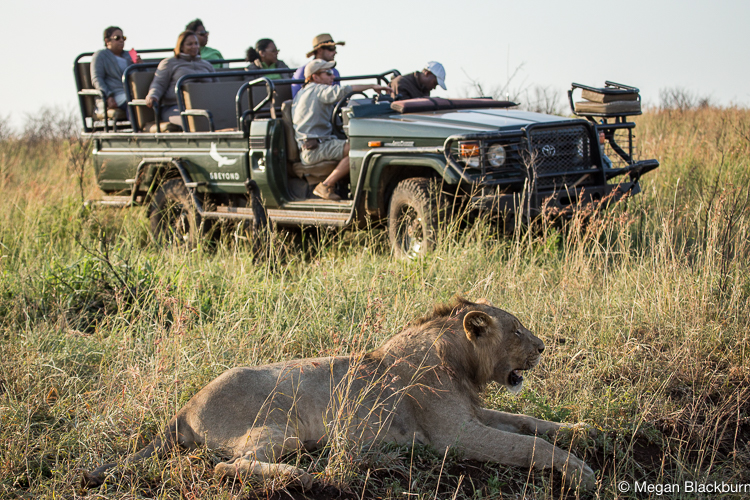
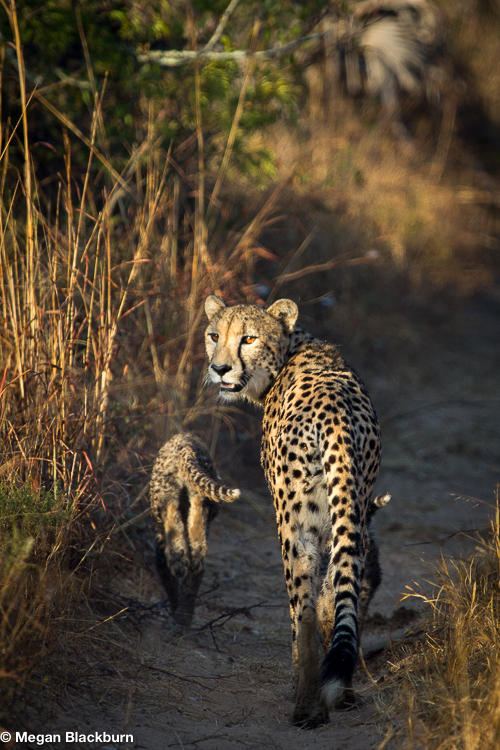
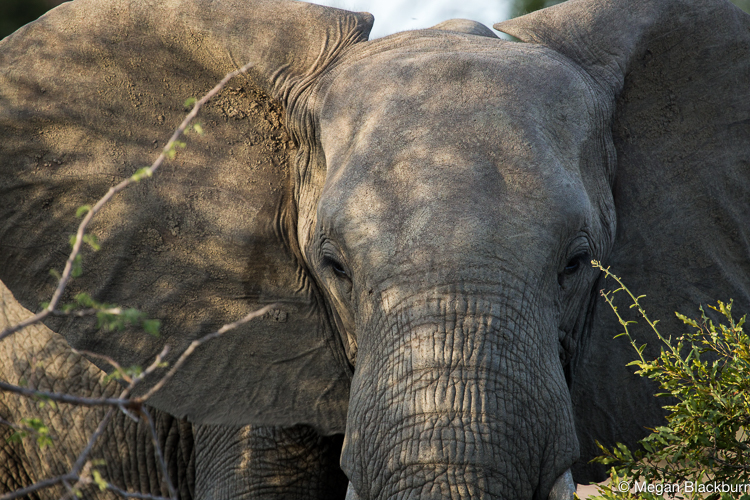
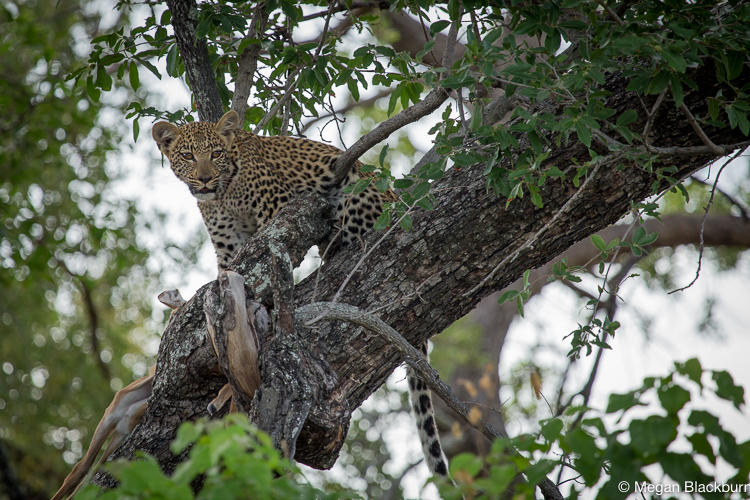
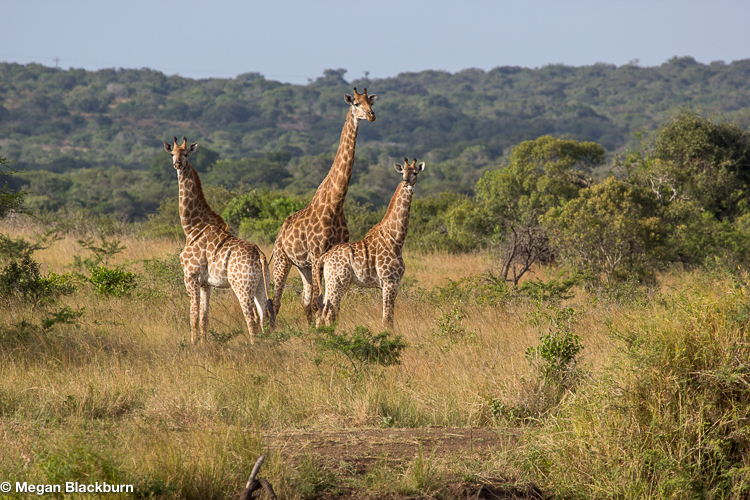
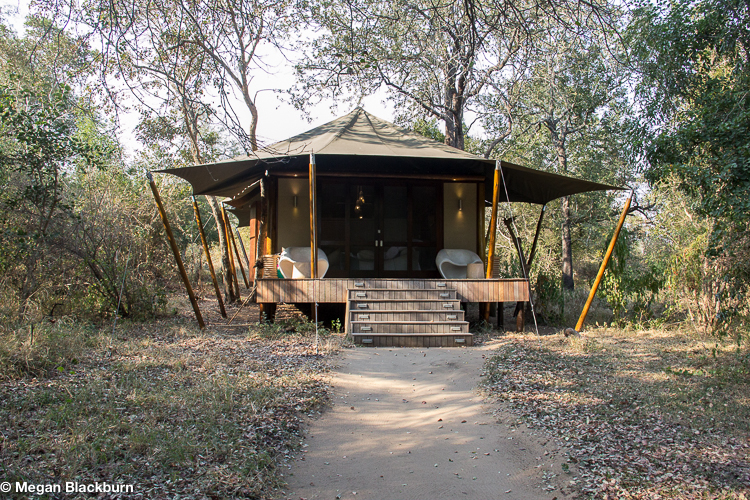



Meg,
A very good review.
Dad